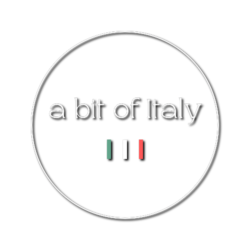
Italian language is an evolution of the Florentine vernacular, one of the many “dialects” that were born from Latin during and after the collapse of the Roman Empire.
Old Latin evolved in different versions, depending on the area of Italy where it was spoken.
In particular, the Florentine vernacular over the centuries has become the learned language par excellence, the one spoken by writers and people of culture.
For this reason it was chosen as the national language following the Unification of Italy.
With the Unification of Italy, in 1861. Nevertheless, in the various regions of Italy the local language, the dialect, was still spoken.
Only with the arrival of TV, in the 50s, the standard Tuscan variant spread throughout the peninsula.
Italian is the mother tongue of about 63 million people and is learned as a second language by another 3 million.
In addition to Italy, Italian is the official language of San Marino, Switzerland and Vatican City, but it is also widespread in certain areas of Croatia, Slovenia and Albania, where there are small communities of Italian origin.
The same happens in South America and the United States, where many Italians emigrated in the late 19th and early 20th centuries.
Finally, in Africa, in former colonies such as Libya, Eritrea, Ethiopia and Somalia, the Italian language is spoken by traders and descendants of the colonizers.
In Italy many different dialects are spoken in addition to the national language. Almost every city has one. Obviously, the closer the cities are, the more similar and understandable the dialects are, the greater the geographical distance, the greater the understanding.
The most spoken Italian dialects are: Veneto, Neapolitan, Friulian, Piedmontese, Sardinian, Lombard, Emilian, Romagna, Sicilian and Ligurian.
Here you can start to study some Italian grammar with some basic elements! Enjoy!

